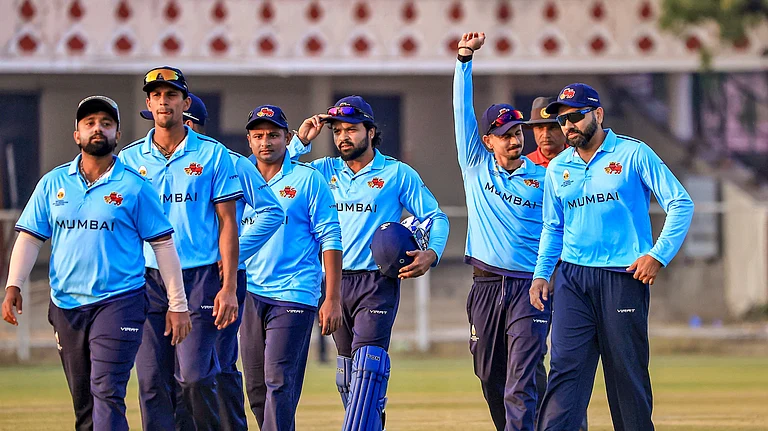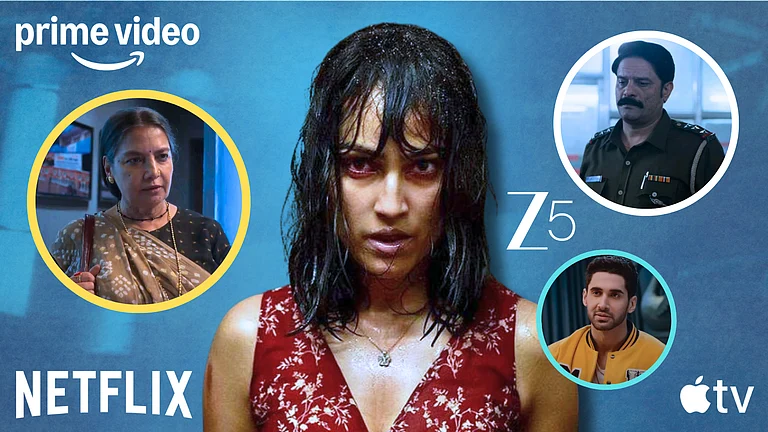Hindi pulp fiction, which for its large fan base of middle-to-lower class readers, was an affordable and fast-paced substitute for cinema that also served as an inspiration and source material for films and television. Several pulp fiction writers moved to Mumbai over the years to join the Hindi film and television industry. This relationship between pulp fiction and the onscreen world has remained consistent albeit with a huge dip in print runs and sales from once what was lakhs to now a few thousand.
Take, for instance, Gulshan Nanda’s stories. These were adapted into films like Kati Patang (1970), Khilona (1970), Daag (1973), Jheel Ke Us Paar (1973), in all, over two dozen films. “Nanda’s popularity came from the fact that he wrote about young people, about sex, about taboo topics at a time when no one else did”, his son Rahul was quoted in a leading daily. Noted lyricist Javed Akhtar has gone on record saying that Ibn-e-Safi’s larger-than-life villains in jasoosi (detective) novels inspired him to create villains like Gabbar and Mogambo.
Among the second generation of pulp writers, Ved Prakash Sharma was best associated with Mumbai, and the films International Khiladi (1999), Sabse Bada Khiladi (1995), and Anaam (1992) were made on his stories. The serial Keshav Pandit (2010) was modelled on one of Sharma’s popular characters. IMDB lists two upcoming films based on Sharma’s novels—Fareb and Naseeb Mera Dushman. Sharma’s son Shagun, who now runs Tulsi Paper Books, confirmed to Outlook that another screen adaptation of a novel by his father is in the works. What has then made Sharma so successful in the film industry?
Shagun says, “Ved Prakash ji knew the craft of storytelling, how to weave a story. He wrote 50-60 novels in the hit Vijay-Vikas series that made a lot of money. Conventional wisdom would say to continue with it, but Ved Prakash took gutsy decisions to enter new genres. While he wrote thrillers and murder mysteries, he also wrote on social themes. Every story needs to be different. Film producers look for this ability to work on diverse themes.” Sharma had a longstanding relationship with Ekta Kapoor, who had carved a special position for him in her production house.
Shagun tells Outlook, “Ekta ji approached him and specially created the post of ‘ideator’ for him in her company. She trusted him because of his mastery of storytelling. He would frequently go to Mumbai for a period of 10 days at a time. Ekta Ji would host him, and he would sit with her team for ideation sessions and to finetune plotlines or find solutions if any part of the story was stuck.” Sharma’s famed writing career and association with Mumbai came to an end with his untimely demise in 2017 at the age of 62 because of cancer.
Like Sharma, Amit Khan has been associated with the film and television industry, for two decades to be precise. His popular novel Bicchu Ka Khel was adapted into a web series in 2020. Khan is credited as a writer in five films and lyricist in two on IMDB. His latest novel Nayika is also set to be made into a film. Parshuram Sharma has also written episodes for popular TV shows CID and Vakeel Jasoos among others.
There was also a time when novels were a “ticket to Mumbai”, says Manish Chand Jain of Meerut-based Ravi Pocket Books. He tells Outlook, “Writers used to pitch novels with the thought of going to Mumbai. After publishing a few novels, they would move to Mumbai and use their novels as ‘visiting cards’ while meeting producers. Now you might throw away a card, but never a book. So, a producer would end up reading their novel and eventually sign them up,” informs Jain. Besides screen adaptations, popular Bollywood films are paying obeisance to Hindi pulp fiction. Akshay Kumar’s character in Atrangi Re is shown reading Sharma’s novel Superstar. Taapsee Pannu’s character reads Dinesh Pandit’s pulp novels in Haseen Dilruba. The film’s writer Kanika Dhillon was quoted as saying in an article that Taapsee was indeed paying homage to pulp fiction authors that she had grown up reading.
It’s not just web series but also mediums of audiobooks and audio series through which literature enthusiasts are experiencing pulp. Popular platforms like Storytel, Kuku FM, Pocket FM, and Spotify are increasingly turning novels into audiobooks. Spotify turned Khan’s Commander Karan Saxena series of novels into an audio series starring actor Sonu Sood as the lead. It’s not only veterans like Khan—he has published over a hundred novels—who are finding success with these new mediums. Sooraj Pocket Books, set up in 2012 when traditional publishers had started to lament about falling sales, has found success with audiobooks and screen adaptations. “Almost all of our novels are available as audiobooks. People consume stories as per their taste. Some read paperbacks, some read e-books, and some listen to audiobooks. Two of our novels are in the process of being turned into web series as well,” says Sooraj’s publisher Anadi Shubhanand.


























